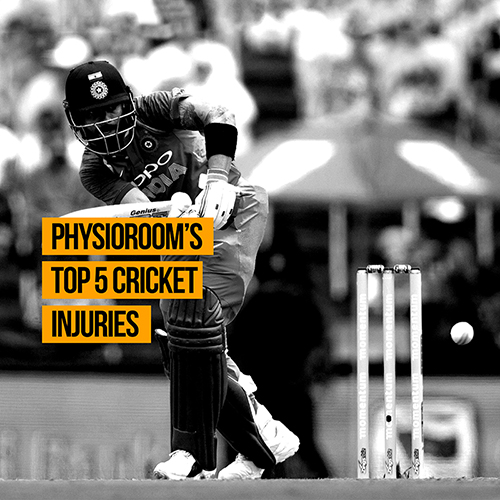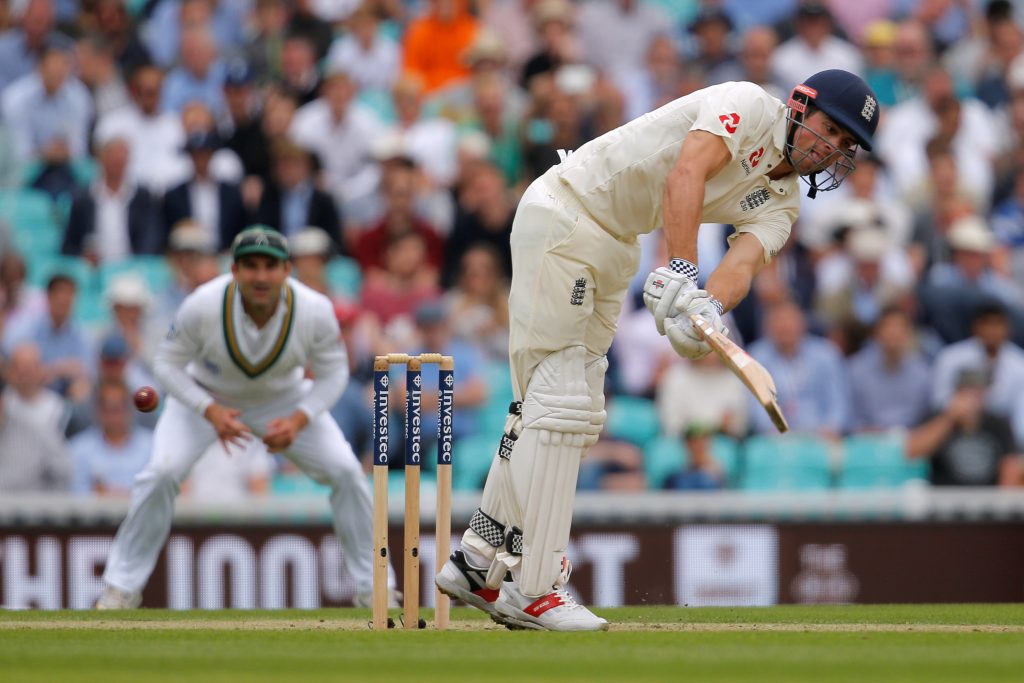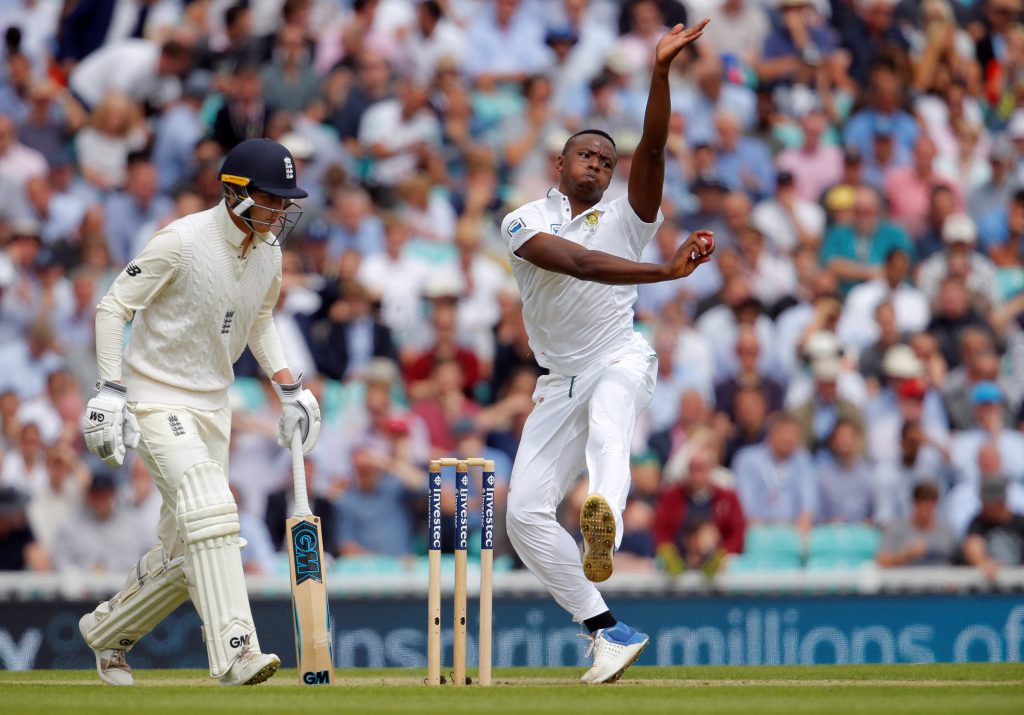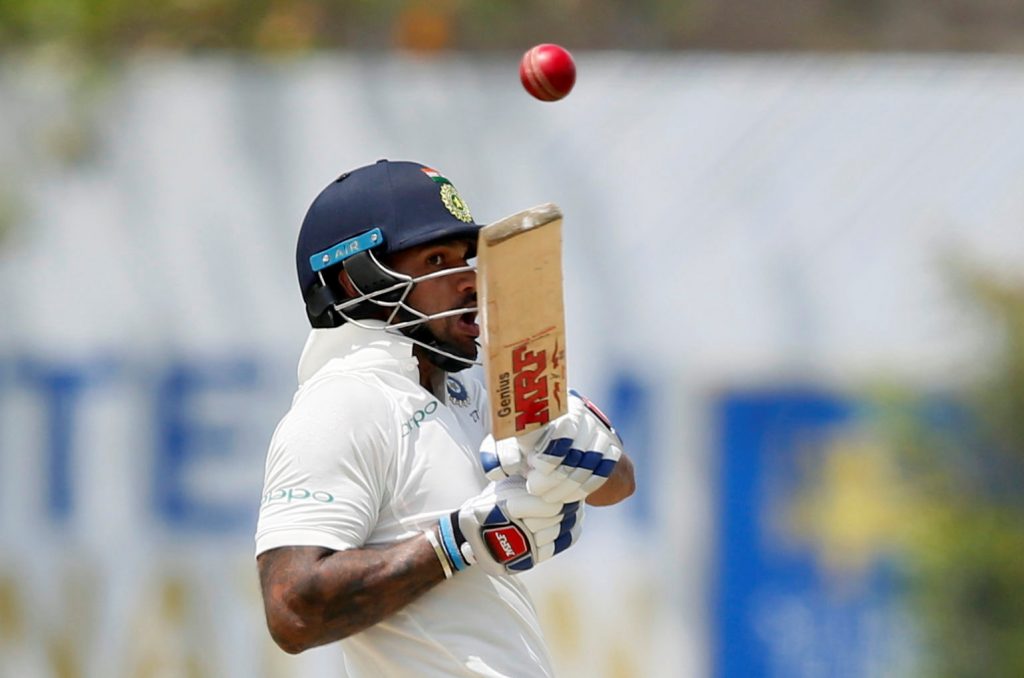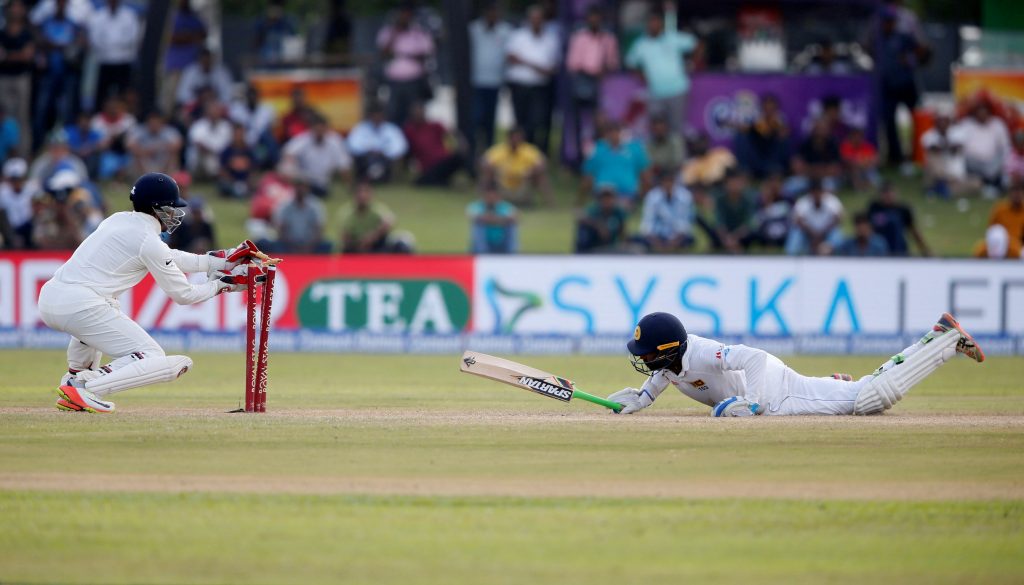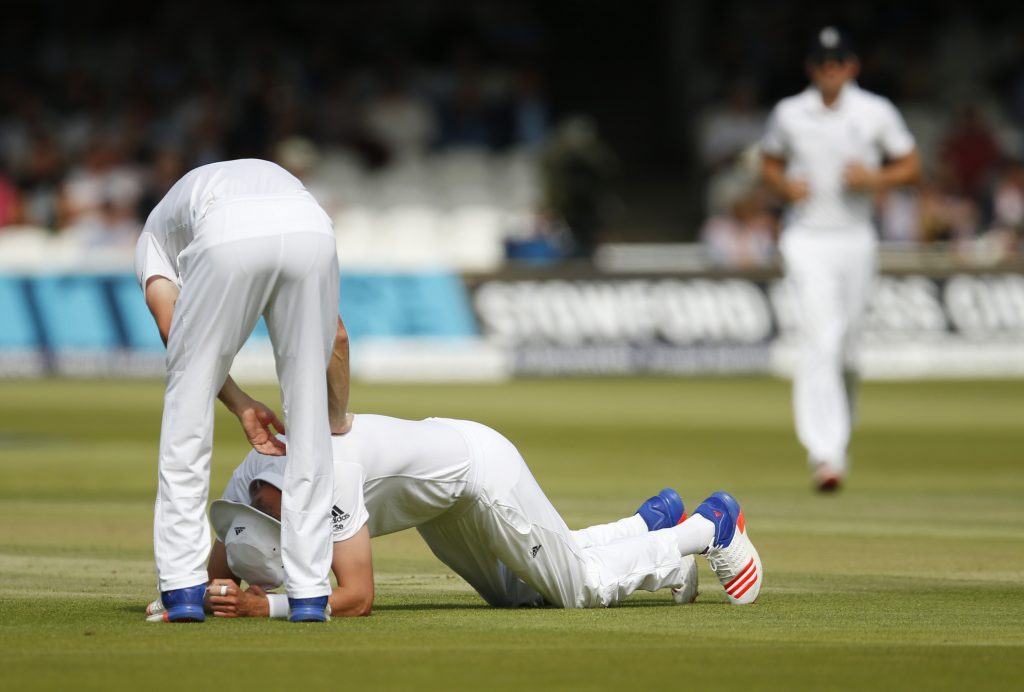It’s back! Cricket’s County Championship is set to enthral us once again with its latest chapter as all 18 teams across both Divisions One and Two gear up to fight for domestic cricket’s biggest prize.
It gets under way on Friday the 13th (April), an apt date given strange things tend to happen in this competition, such as last year’s champions Essex originally being tipped to be relegated, while 2016 champions were relegated just a year later.
Such events won’t stop Essex being installed as favourites this year however, as they look set to battle it out with Lancashire, Surrey and Yorkshire for top spot in what will be a long and gruelling season.
In that vain, and just in case you have a moment of clarity while watching, sipping on a coffee and realise you simply must get back on the field, here are the top 5 cricket injuries to watch out for.
And we’re not talking about the sort of injuries Ben Stokes dishes out on a night out in Bristol either.
Let’s get to it…
Cricket Injuries
Hamstring Strain
What is a Hamstring Strain?
A hamstring strain is a tear in the muscle tissue. Hamstring strains tend to affect all cricketers regardless of position and account for around 15% of all cricket injuries. Explosive sprinting actions like those involved in bowling, taking a quick single or fielding are unfortunately prone to sustaining the injury.
Because of the sudden stress on the muscles, the hamstrings are stretched beyond their limits and the muscle tissue can be torn. Any muscle tear is referred to as a strain, and depending on the severity, it is classified as a first, second or third-degree strain.
Prevention
In bowlers, particularly fast bowlers, there is a positive link between ‘over bowling’ and sustaining a hamstring strain. Over bowling can be avoided by recording a log of each bowler’s workload to prevent sudden or sustained overload.
A warm-up prior to playing is designed to decrease muscle injuries as it makes the muscle more extensible when the tissue temperature has been increased by one or two degrees. A good warm-up should last at least 20 minutes, starting gently and finishing at full pace activity.
Warm Pants (Compression Shorts) are recommended for providing extra warmth around the hamstring region.
Treatment
If you suffer a hamstring strain, follow the PRICE protocol, Protect, Rest, Ice, Compression and Elevation. If you have to apply ice at home a PhysioRoom Ice Bag is recommended, this being the safest way to apply ice without risking an ice burn.
In regard to rehabilitation, seek advice from a doctor or chartered physiotherapist. Most hamstring strains will be fully healed by 6 weeks, but the hamstring strain is susceptible to recurring problems if a return to play is attempted too early.
Lower Back Pain
What is Lower Back Pain?
Lower back pain is the general term for any pain in the back. The repetitive action of bowling is the biggest cause of lower back pain in cricket, but that’s not to say you can’t encounter it elsewhere. Bending to the field the ball and standing in the field for prolonged periods can also put stress on the back which causes back pain.
Any structure of the lower back is susceptible, the discs, ligaments, muscles or facet joints. But in fast bowlers, particularly younger ones, the most commonly affected part of the lower back is the ‘pars interarticularis’ region of the lumbar vertebra, where a stress fracture can develop.
You’ll know you have a problem is you have back ache following playing, particularly when bending backwards.
Prevention
Fast bowling in cricket requires a combination of spinal hyperextension (bending backwards) together with rotation and side bending of the trunk of the body. When repeated this puts excessive on the area of the vertebra called the pars interarticularis and this is where a stress fracture develops.
Bowling practice should be carefully monitored to ensure the lower back is not being overloaded. This is particularly important for adolescent players who have recently experienced a growth spurt as they are known to be more at risk from this injury.
Core stability exercises are important to prevent back problems in cricket players, while Shock Absorbing Insoles can help to reduce stress on the back.
Treatment
A heat pack can reduce back pain and back muscle spasms. Stress fractures of the lower back usually take six weeks of rest to allow the bone to heal after being diagnosed. During this period, an exercise programme that focuses on exercises to increase the muscular stability in the lower back can begin, under the supervision of a chartered physiotherapist of course.
Side Strain
What is a Side Strain?
A side strain is fairly common in cricket, where it typically occurs in bowlers. A side strain refers to a tear of the internal oblique, the external oblique, or the transversalis fascia at the point where they attach to the four bottom ribs.
In cricket the bowlers suffer the side strain on the non-bowling arm side as a result of a forcible contraction of the muscle on that side while they are fully stretched as the bowling arm is cocked for bowling.
Prevention
Core strength exercises on an exercise mat using a swiss ball and resistance bands can improve muscle function across the trunk and pelvis and this can help to reduce the risk of a side strain.
Over bowling should be avoided. Each bowler should have a workload record and care should be taken to avoid sudden increases to the normal workload. The number of overs bowled per session should be increased gradually and adequate rest periods should be provided to prevent fatigue.
Treatment
In the early stages an ice pack can be applied for twenty minutes every two hours. A cohesive compression bandage can be applied to help to limit bleeding in the tissues. More active rehabilitation can be started under the supervision of a chartered physiotherapist, once the immediate pain resolves.
Shoulder Pain
What is Shoulder Pain?
Shoulder pain is common in cricket because of the repeated actions of throwing and bowling. The rotator cuff muscles (supraspinatus, infraspinatus, subscapularis and teres minor) are small muscles situated around the shoulder joint, which can become damaged due to overuse during cricket.
Rotator cuff injuries often begin as inflammation (tendonitis) caused by repeated irritation. If the cause of the inflammation is not addressed, partial tears may develop in the cuff that could eventually become a tear all the way through one or more of the rotator cuff muscles.
Prevention
All cricketers should pay attention to flexibility, strength and endurance of the shoulder muscles. Correct throwing and bowling technique can help to reduce injury risk. Shoulder stabilisation exercises under the supervision of a chartered physiotherapist can also help prevent damage to the rotator cuff tendons.
It is important that any increase in the amount of training or competition must be gradual in order to prevent overload of the rotator cuff muscles. In particular, bowling and fielding practice should be increased gradually to allow the rotator cuff tendons to adapt.
Treatment
Physiotherapy treatment can reduce acute (short-term) inflammation and chronic (long-term) degeneration of the cuff where a tear is not present. The objective of physiotherapy treatment is to limit inflammation using ice therapy (never apply ice directly to the skin). Anti-inflammatory medication prescribed by a doctor is often helpful.
Anti inflammatory gel may be more appropriate where anti-inflammatory tablets are not well tolerated. For mild shoulder pain in those who want to continue cricket activities a neoprene shoulder support can provide support and reassurance.
If a rotator cuff tear has developed then the opinion of an orthopaedic consultant is required.
Sprained Ankle
What is a Sprained Ankle?
A sprained ankle is pretty common in cricket. Glenn McGrath famously sprained his ankle by treading on a cricket ball during a game of soccer. This injury probably more than anything else contributed to England’s 2005 Ashes series win.
A sprained ankle is damage to the ligaments and soft tissues around the ankle, usually as a result of the ankle being twisted inwards. The ankle ligament and soft tissue damage produces bleeding within the tissues and an extremely painful, swollen ankle.
Prevention
Research has shown that bracing or taping the ankle can help to reduce the risk of a sprained ankle. The incidence of injury in people with taped ankles was 4.9 ankle sprains per 1000 participant games, compared with 2.6 ankle sprains per 1000 participant games in students wearing ankle braces. This contrasts with 32.8 ankle sprains per 1000 games in subjects that had no taping or bracing.
Because taping and strapping techniques often require application by a skilled physiotherapist, an Ankle Brace is often a more convenient alternative.
Treatment
Immediately following a Sprained Ankle you can follow the PRICE protocol – Protection with an Aircast Walker, Rest, Ice Therapy, Compression with a cohesive bandage and Elevation of the ankle to reduce swelling.
Rehabilitation with a chartered physiotherapist significantly improves the outcome following a sprained ankle. Wobble board training improves balance and proprioception. Research has shown that patients with ankle instability who underwent wobble board training experienced significantly fewer recurrent sprains during a follow-up period than those who didn’t do wobble board training.


